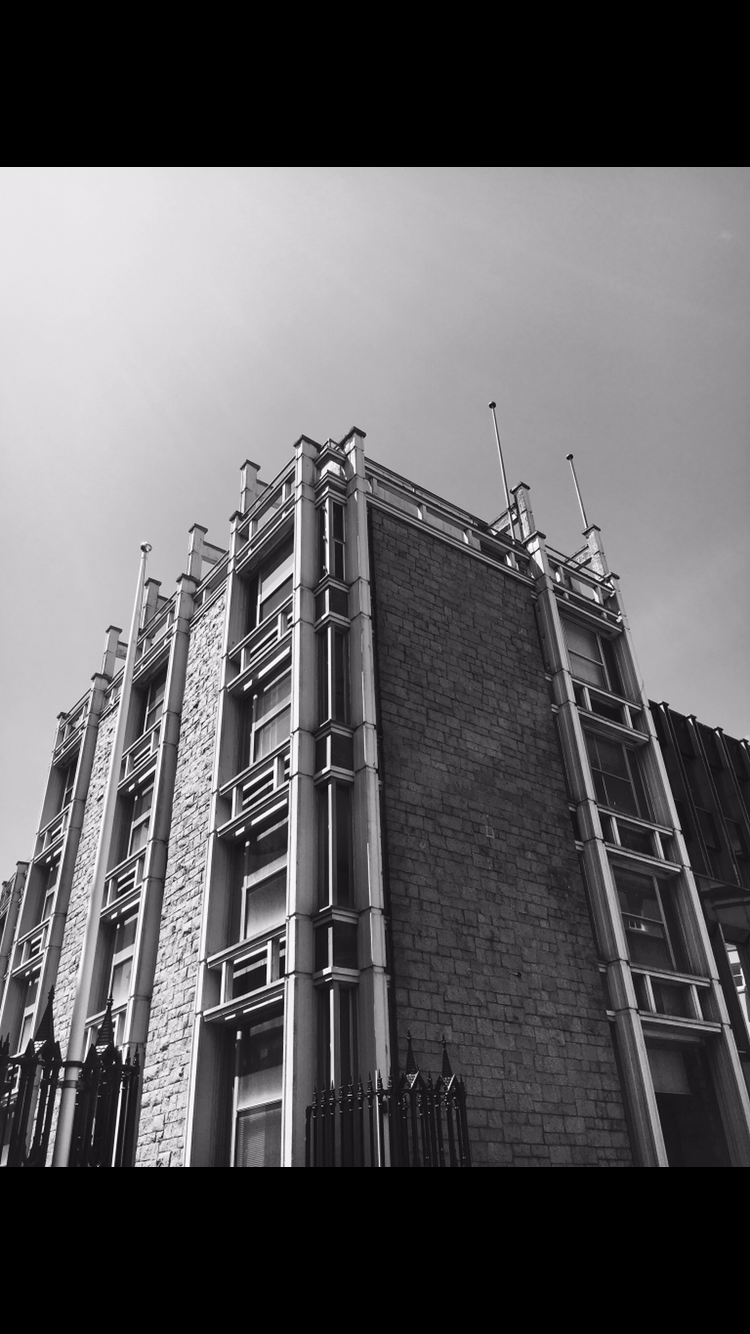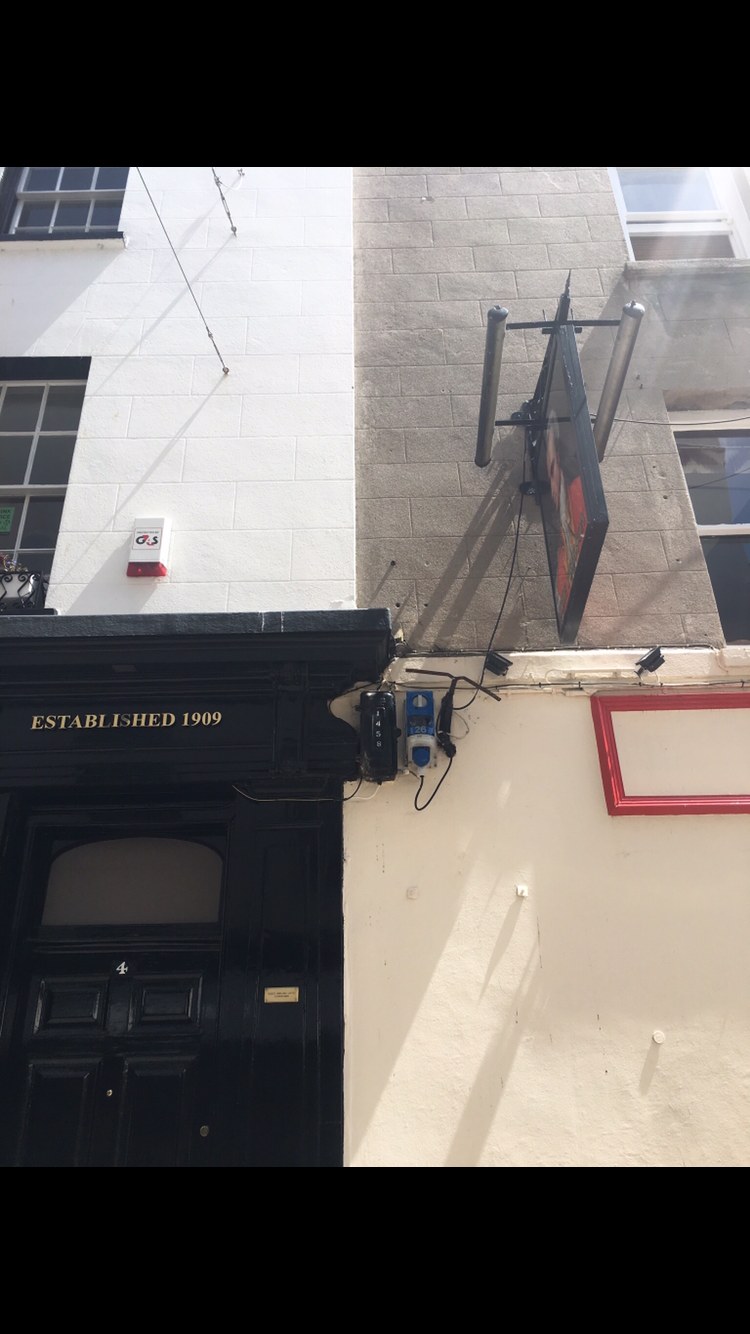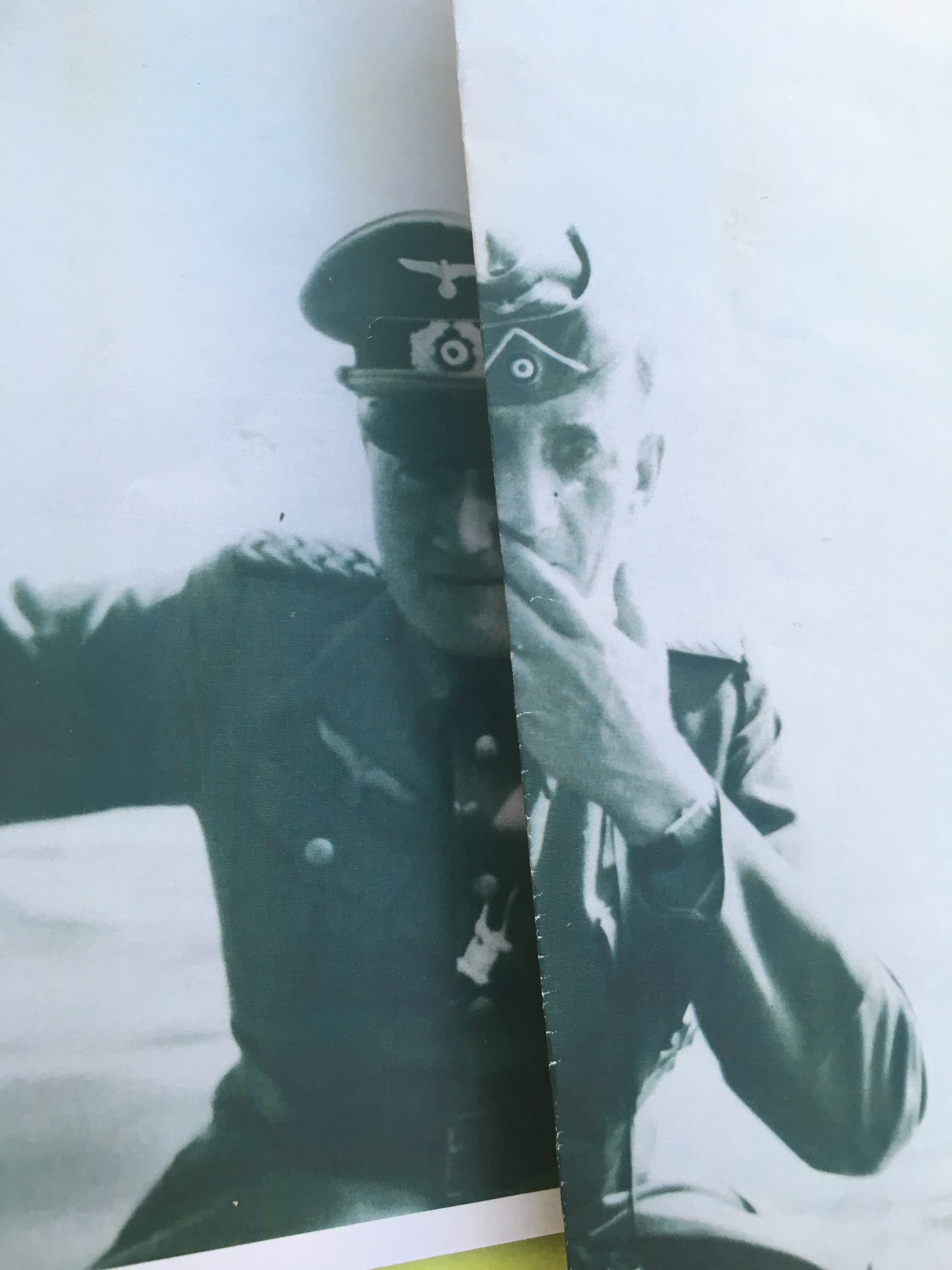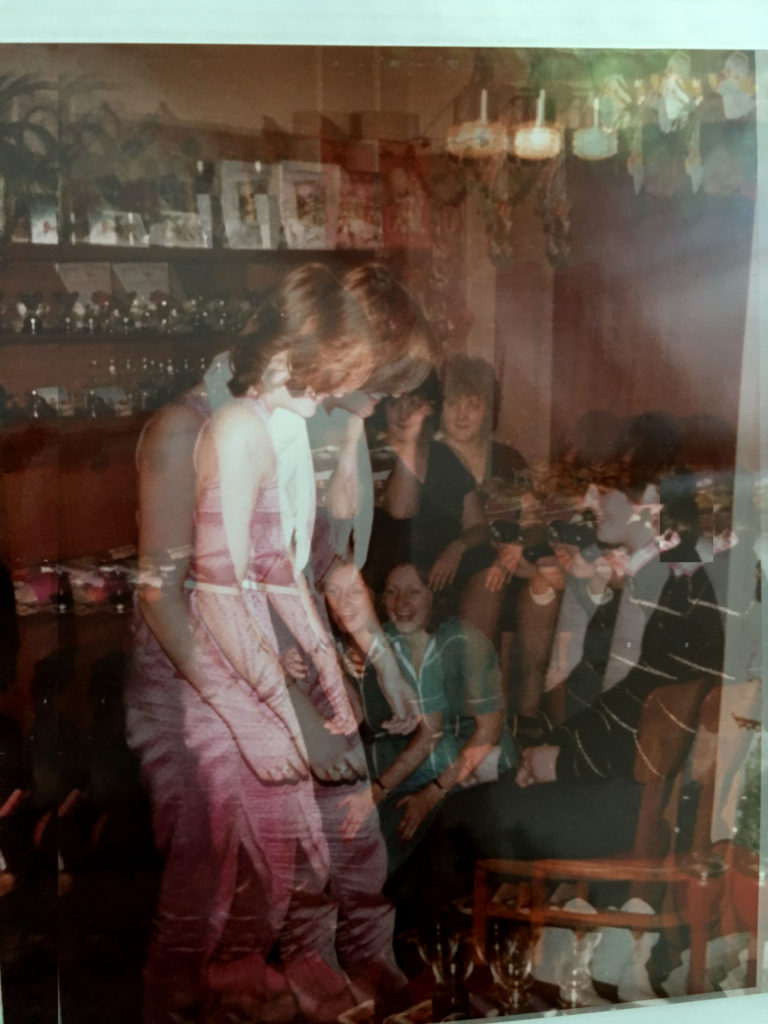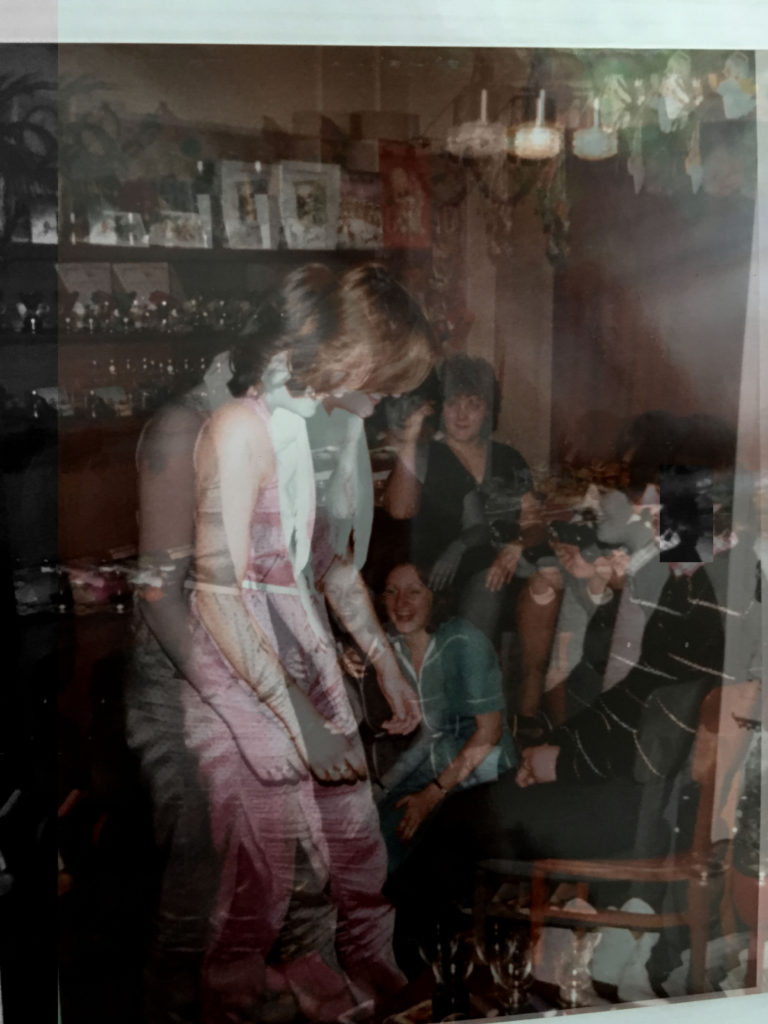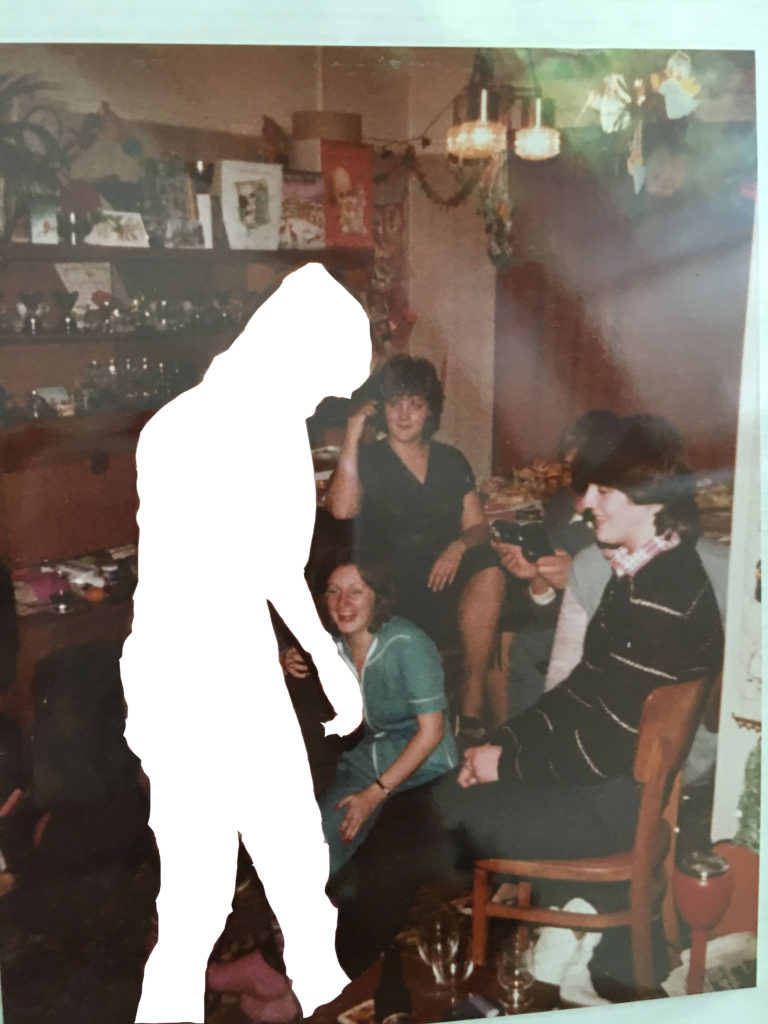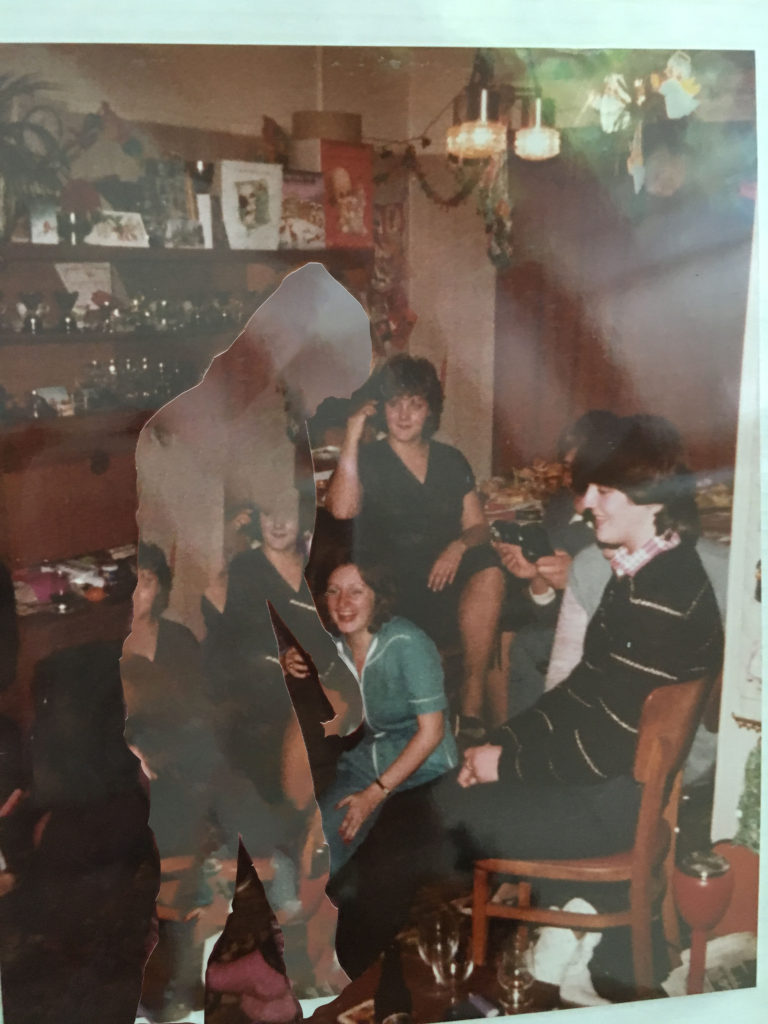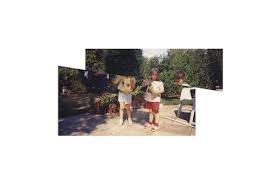All posts by Zoe Pannenborg
Filters
A day with Jonny Briggs
Is fear is a good thing? / What are your opinions on fear? / Have you ever experienced fear during your photography?
On the 2nd of July we had an hour long workshop with Jonny Briggs. During this session the main topic was based around fear and fear of making mistakes and how it can impact our work. The questions above are a few of the initial questions that Jonny faced with us, he went around the group asking everyone what there personal opinions on whether fear is a good thing or not. Listening to everyone’s ideas was really interesting and definitely stretched my thoughts on it and made me consider that fear can be a good thing and especially fear of mistakes because it means you care about something and don’t want to wreck the work you may be creating. Other concepts which came up in discussion which i found interesting was that mistakes can often improve our work and make it more individual and different because mistakes can lead to work differing from the social norms.

Jonny then got us to do a task about making mistakes and getting us to try new things which we may have felt fearful off. We all had a pen and piece of paper and had to close our eyes and draw a face with as much detail as possible. The outcomes were discussed and many people agreed that the outcomes were more interesting than normal faces because they were more distorted and every image was different and people seemed to have a style to their drawings when we compared the first drawing we did to the second drawing.

Whose archive is it anyway?
The awareness of historical accumulations over photographic archives has widened dramatically since the invention of digital photography and the internet. An archive is usually known to be a collection of historical documents or records that provide information about a place, institution or group of people. However there is variation between the meanings of archives because I think that there can be both public and private archives. Public archives are usually in the form of museums, photographic archives, or digital online websites which anyone can access allowing them to research their own future or different places. I also think that archives can be private and an individual store of memories. Many people keep photo albums storing old images but in the new age where technology is constantly developing the awareness of different methods of private archives is ever growing. For example people may store personal images on their phone in their albums or they may have them transferred onto the computer for later use. However in my opinion the most modern form of archival is social media. Snapchat now has a feature called memories where you can save only photographs or 10 second video clips which have been created on snapchat. This creates a very specific and individual type of archive which you are able to access easily on your mobile phone and always have with you.
However one question which is commonly asked and usually found as a challenge to answer by people is ‘why do we have private archives?’. Public archives generally have to purpose of historical content and giving information of places and people from the past, whereas people are less certain on why they keep personal and private archives and an even more difficult question is why they prefer either a physical photo album or a digital archive on either a phone or laptop. I asked a group of people including family, friends and teachers on why they keep a private archive. One response from a yr. 12 student was “I look to look back through the memories I’ve had and be reminded of the fun and exciting things I have endured over the last year”. This was a widely acknowledged response given by many that questioned the topic on. For the vast majority of our generation phones can be seen as historical archives which provides with our own personal resource which allows us to answer the question “what happened?”.
Although we have this easy access to our own person archives, public archives are still extremely necessary to give us understanding of our background and past events. Societe Jersiaise is Jerseys local photographic archive where there is up to 80,000 which date all the way back from the mid 1840’s to the present day. Jersey has rich history of photographic practice as it is located in a geographical position between Britain and France which are two nations which were essential in the development of photography. The archive holds examples of work by important nineteenth century photographers such as William Collie, Charles Hugo, Thomas Sutton and Henry Mullins. The collection incorporates late nineteenth century studio collections of negatives by Jersey based photographers such as Ernest Baudoux, Albert Smith and Clarence Ouless. All these photographers are key to understanding jerseys historical context and allow members of the public as well as historians to investigate further into the history of jersey.
Archives can be seen as inherited items and photographs and when you think about the heritage of archives they are historical information which is passed through family members over decades. These inherited artefacts can be seen as story tellers as they tell us a lot history and defiantly in terms of inherited archives they tell us stories of our past family members and give us an insight into the lives that they lived. The well-known quote “a picture tells a thousand words” is relevant to inherited archives as they really are visual storytelling, from archival images of family members from the 1950’s that we may never have known with one photo we have a detailed description of maybe what they looked like and where they lived and what they used to do for a living. When you put together a selection of these inherited images and make maybe an album the visual story grows to create a story which gives great detail about your family or jerseys past and I think that’s what makes archives so special, they can be very personal to you and in this context the archives belong to us. The archives belong to who is in position of the artefacts.
Archival photographs can have many purposes such as for advertising, news, documentary, fine art, identity and anthropology. In this text called ‘Archives, Networks and Narratives’ and discusses photographs in terms of its purpose within museums and how photographs can function as both a collected artefact that might be put on display and as a way to collect museums and artefacts, since the photograph is a form of archive in its own right. However it can also be argued that archives can be seen as ‘the return of meaning’. In ‘Camera Lucida’, Roland bathes last book on photography. He focuses on the meaning of archives and photographs being about its social messages via cultural codes as well as images portraying a highly personal which is private and purely individual which relates back to what i previously said about new technology and photographs now being able to be kept private and completely personal and individual.
This arguments links back to the question of ‘Whose archive is it anyway?’, do the public have a choice of what goes into public archives or is there someone in charge of museums and archives who then become in charge of these historical and meaningful artefacts which may in fact be very personal and not wanted to be shared. There is also the question to be asked of is everything piece of photographic evidence shown in the archives is some rejected, could we be missing important piece of history which 50 years ago weren’t considered important by the owners of the archive and were ignored and thrown away. Therefore are they really everyone’s archives if specific content is shown or do the archives really belong to the owners.
In conclusion I think that archives have many different purposes such as to look back on historical artefacts and to gather information from the past which is more a public and educational purpose but then they also have more personal purposes like memories. In the age of ever enhancing technology we are becoming more reliant on our digital dives as personal and public archives but I think it is important to remember the photographic archives and museums as they contain rich information on our history and should be considered as highly valuable resources. I am going to use the jersey archives to enrich my personal study as I am interested in looking into the coast line of jersey and looking at how it has change over the past decade. I am also inspired by the archives to investigate during my personal study my family history and personal background linking photos I might found with private archives such as family albums.
Société Jersiaise
Tuesday 13th june 2017
We spent all day at Société Jersiaise on tuesday with international photographers Tanya Deman and Jonny Briggs along with The jersey photographic archives worker Karen, the communications assistant. The day was divided up into workshops of 45 minutes were we had talks from all three and also completed small tasks relating to there work.
The first session that i did was with Tanya and she discussed with us about what shes been getting up to in jersey and what she hopes to do and link back to her photography. Tanya is a photographer from croatia who is over in the island for 6 months on a placement with the archives. She also spoke about how she has used the jersey photographic archives and then gone out and visited similar areas. One aspect of what she said about how she was going about taking her photographs was that “through key words she got to certain artists”. this seems to be something she has focused on with her photography. I also took away from the session with Tanya that “looking from above can help develop deeper ideas” and this is something i want to keep in mind throughout this project.
Tanya then got us to look through the photographic archives and began to use it to look for photographs of buildings and St Helier and chose images that inspired us or grabbed out attention. She then set us a task to capture two images of buildings around St Helier that we thought were ugly and then try to think about composition and how it could emphasise the unattractive buildings. Here are my images:
My next session was with Jonny Briggs, a contemporary photographer from London, who had some really interesting ideas about were his ideas come from. He spoke about how most of his images involve a lot of body language which he feels helps the images to tell a story and how his photographs are like “the products of private performances” i found the way Jonny spoke very inspiring the more he spoke about how he “thinks like a mindmap” and that “artwork is like an arena where there are no right or wrong answers”. His talk taking us through different pieces of his work also discussing the idea of how his images are meant to be confusing he likes that his images make people have to think deeper about what is going on and that he uses photography as “the opportunity to confuse and bruise” as he doesn’t know where the ideas come from most of the time.
Jonny then also set us a task to take one of the ARchisle photographs of a soldier and do something with the photograph which is a bit weird and abnormal and then rephotograph the image and get us to talk about the meaning of the images and how objects and manipulating the images with tears can change the message behind the photographs. Her are my images:
The final session was with Karen Biddlecombe, the communications assistant working for Archisle which was founded in 1914 and contains over 80,000 images. She spoke us through the archives and what has been done over the years to create its extensive selection of resources as well talking us through some of the images from one of the most famous photographers they have at Archisle, Henry Mullins. We also completed a task where there was 18 photographs all from different decades back until the 1840’s and we had to look at them and analyse them and put them into order from which we thought was the most recent to the oldest portrait image they had in the archive.
Overall i thought the it was a really interesting day which opened up my eyes to some really interesting new photographers but i also got a good insight into the jersey photographic archives and how i could use the archives in my future photography to create narrative and a deeper background picture to my images.
Jonny Briggs Task – Destroy an image in 5 different ways
“Destroy an image in 5 different ways…”
When preparing for this task i had to consider what Jonny may have meant by the word ‘destroy’. Everyone has different interpretations of how you could destroy and image what you could do to it and the extent to which you may destroy it. I thought that it was an unusual task because it is a different approach to altering images especially when they are family album images, for example i found the idea of destroying an image very unnatural and found myself quite uncomfortable thinking about it.
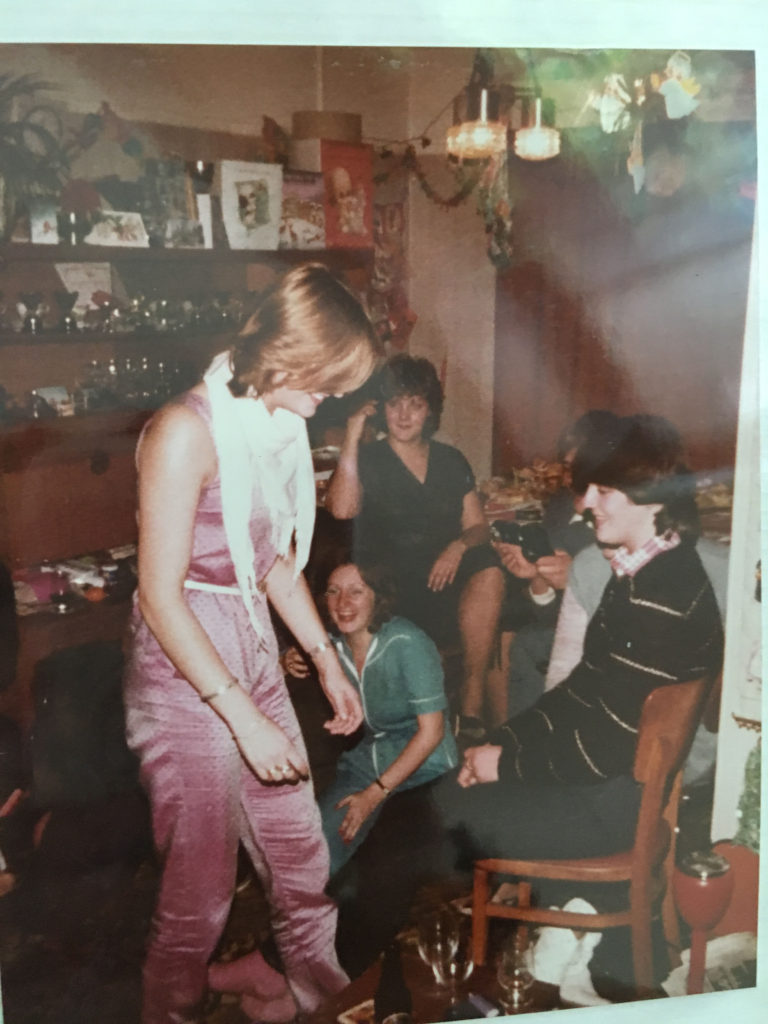
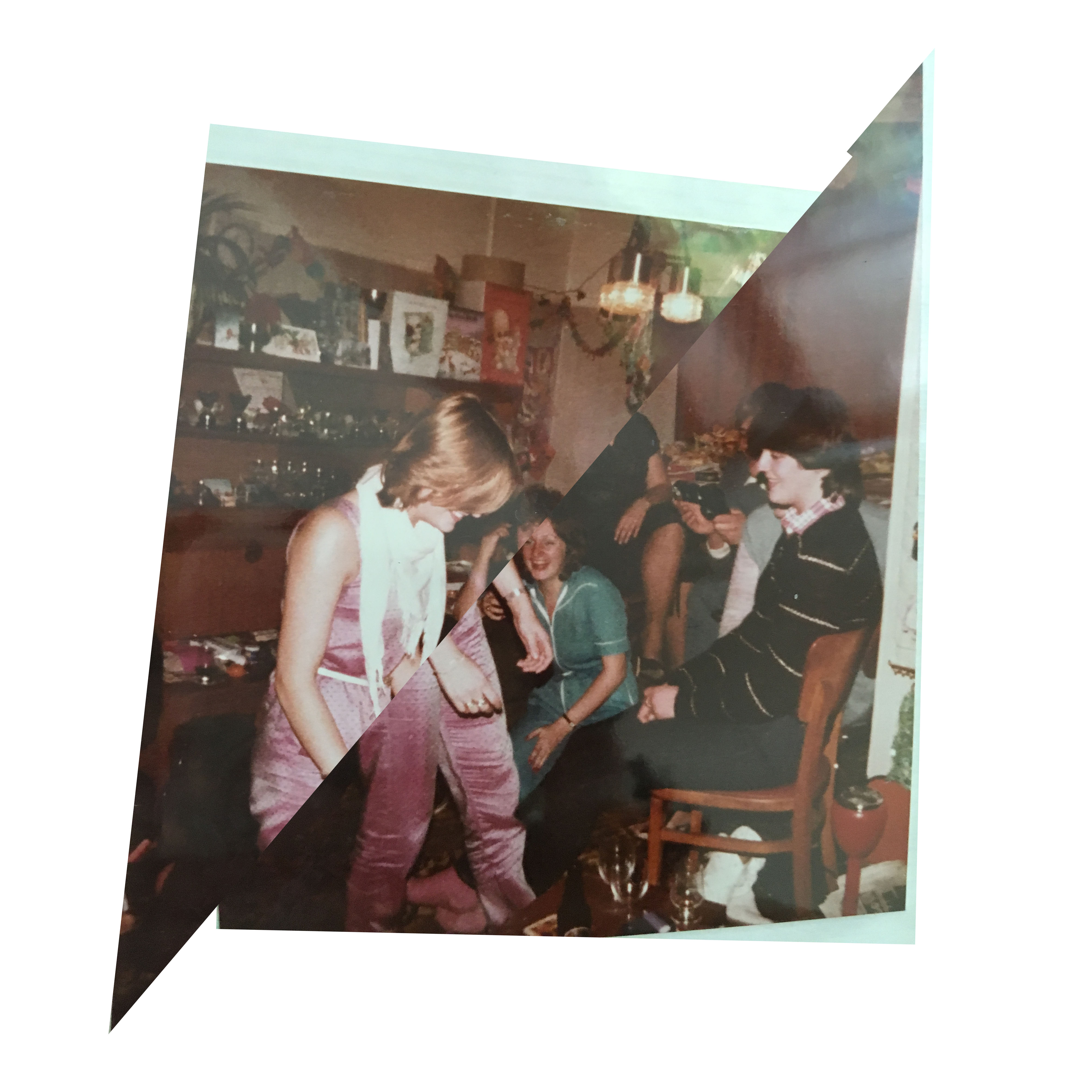
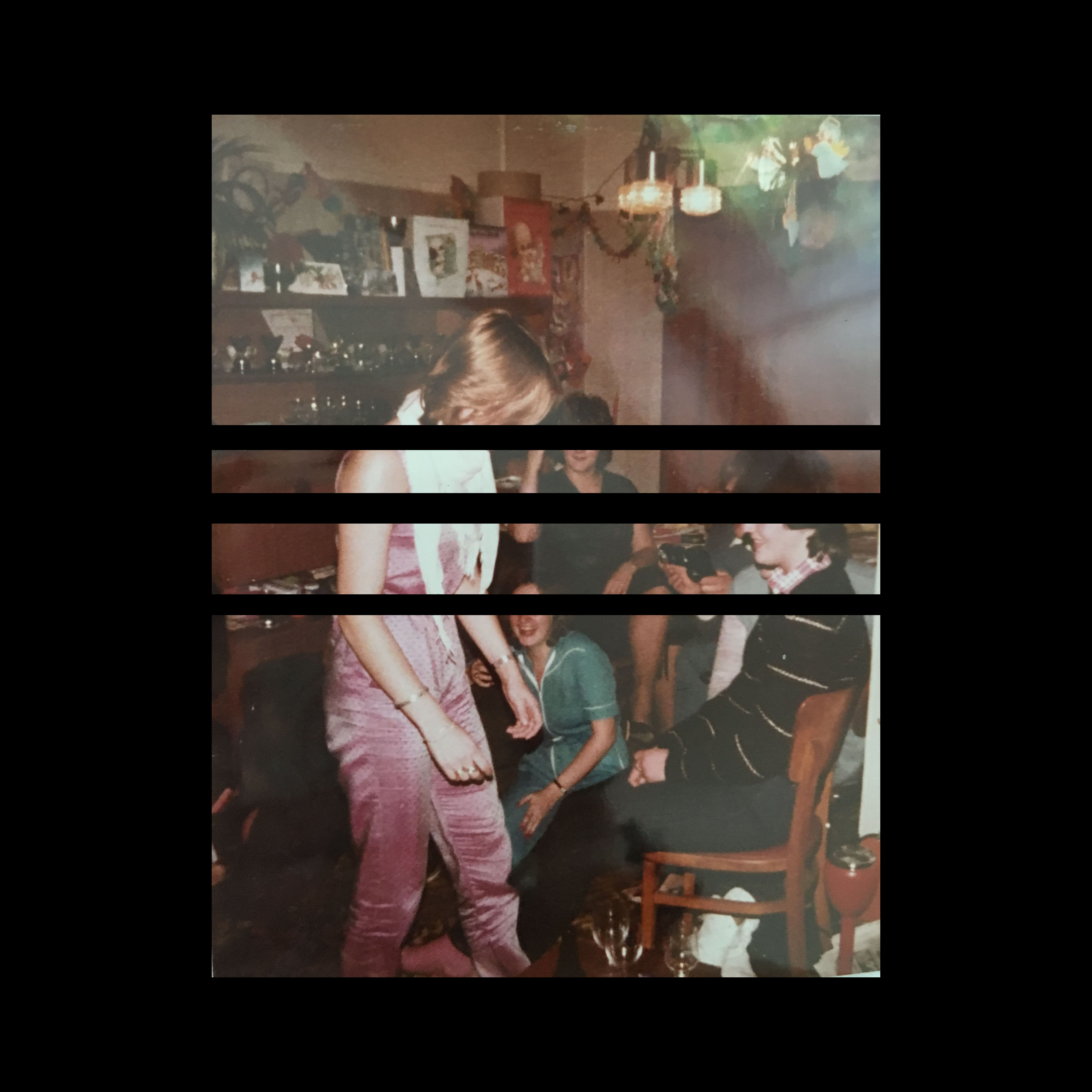


Structure Exam // 2017 // Zoe Pannenborg
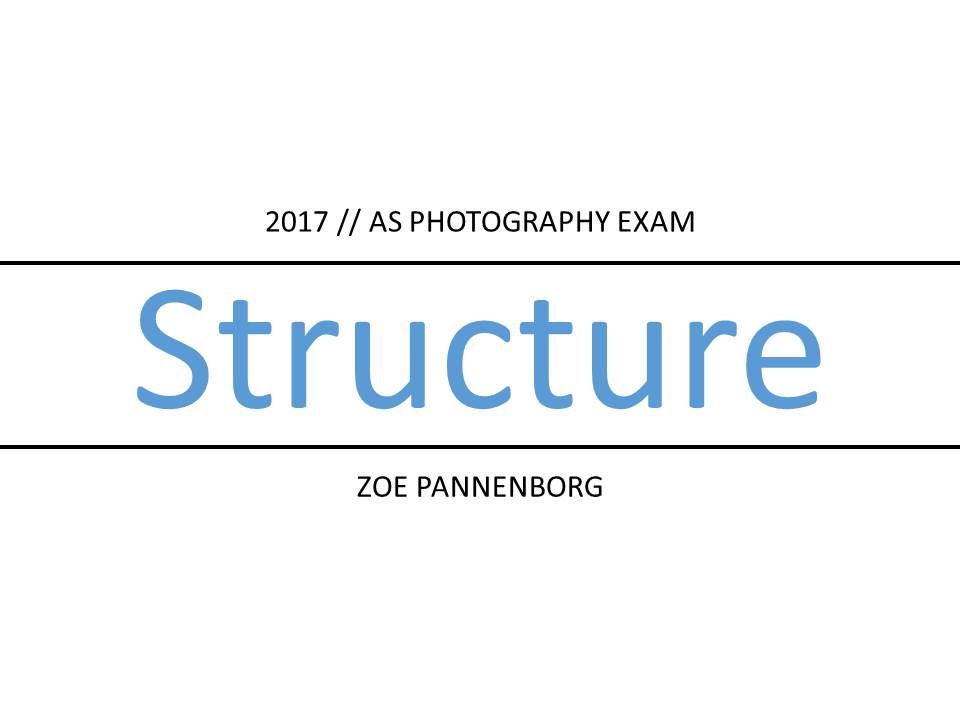







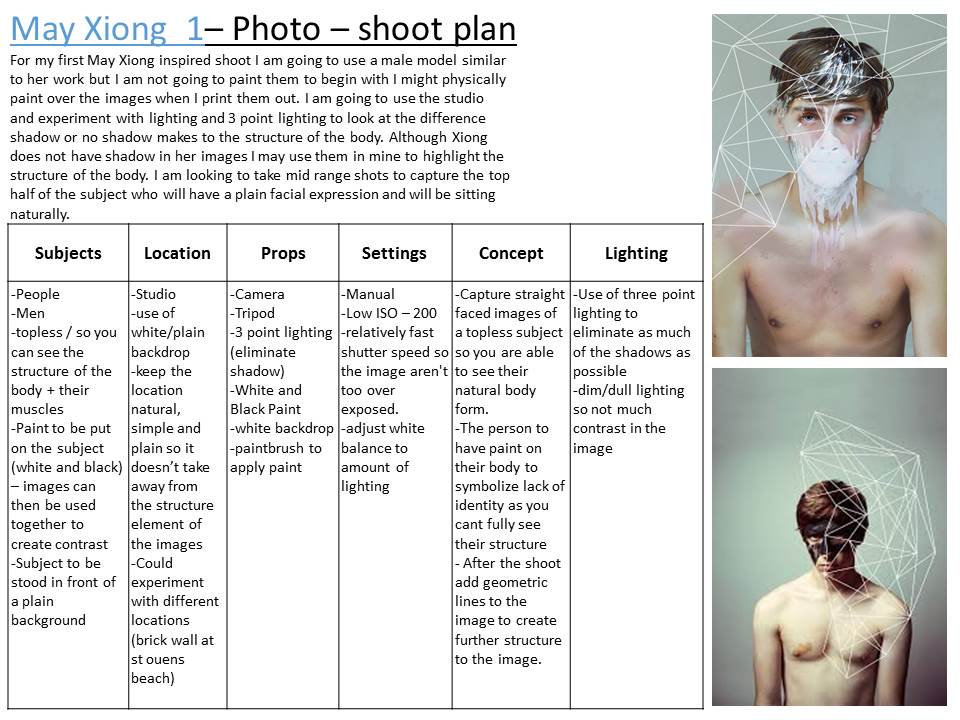





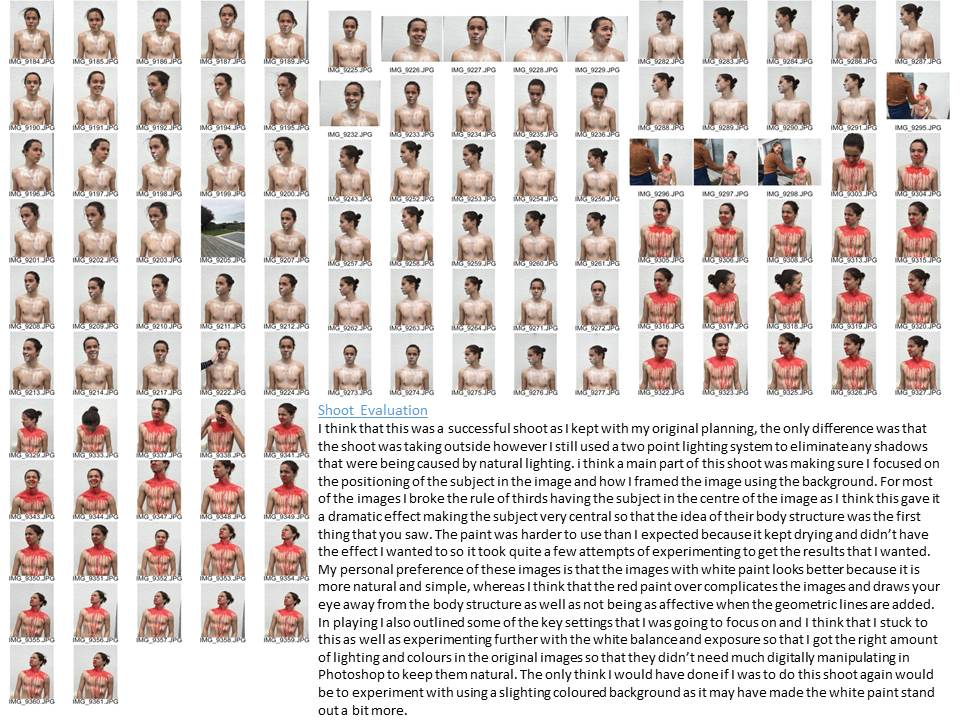


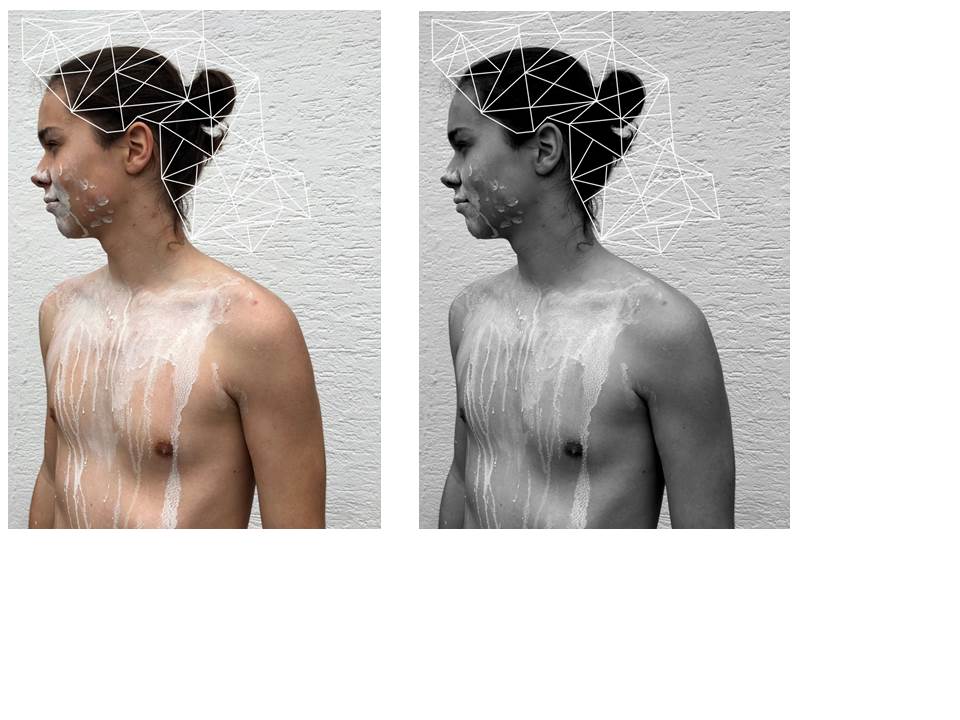



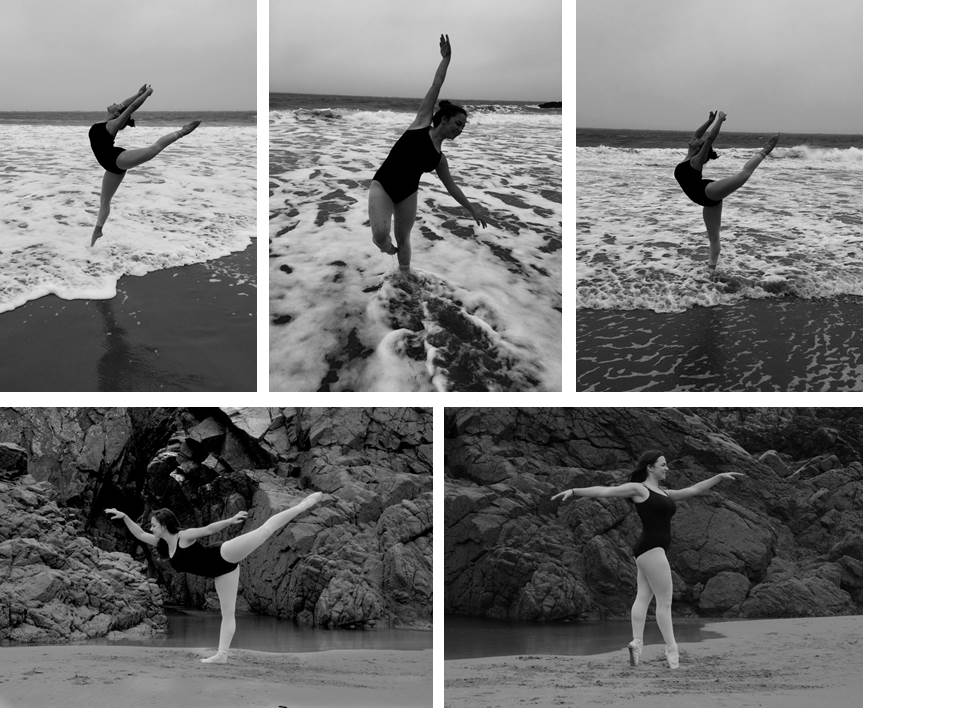

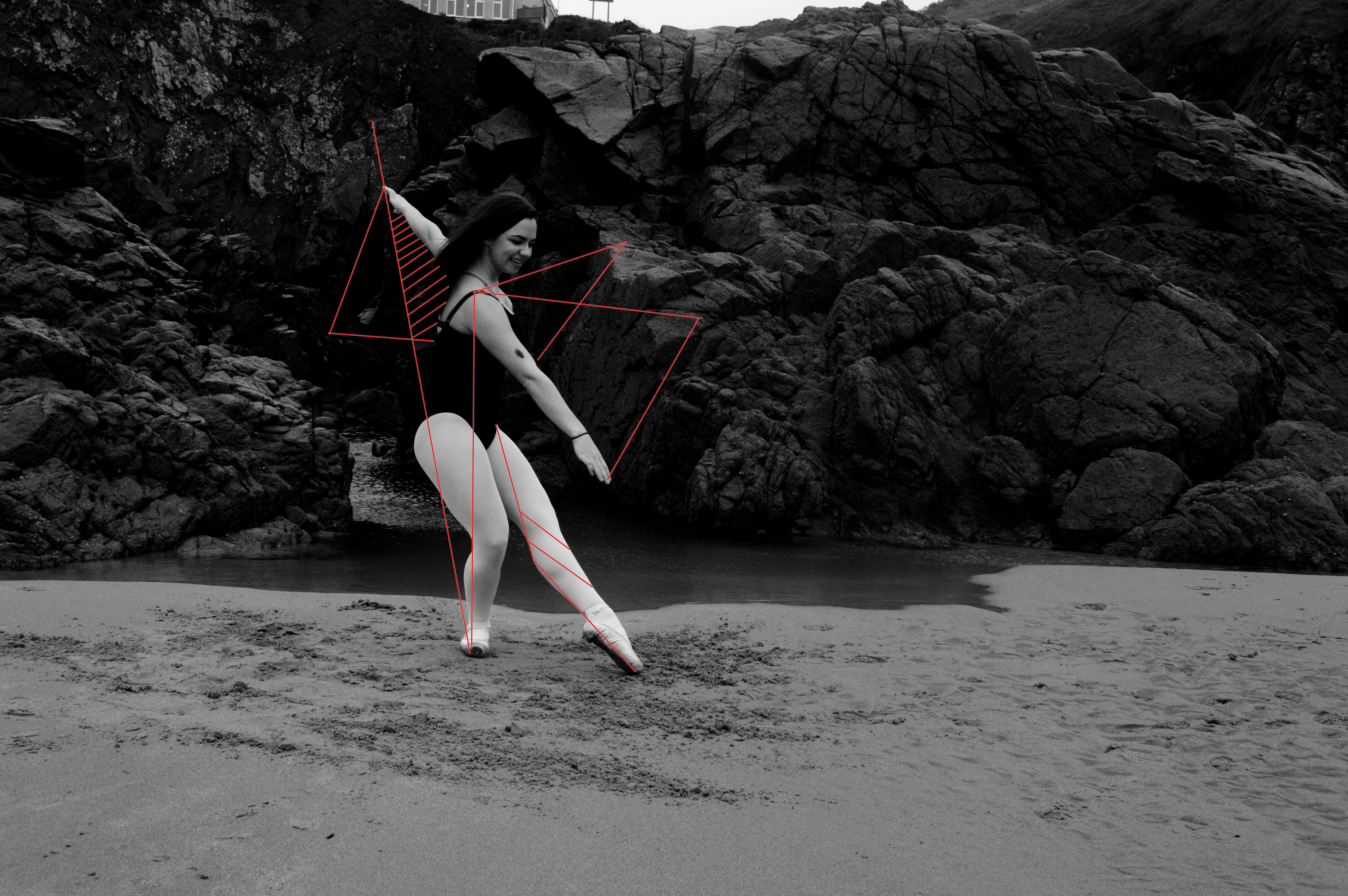




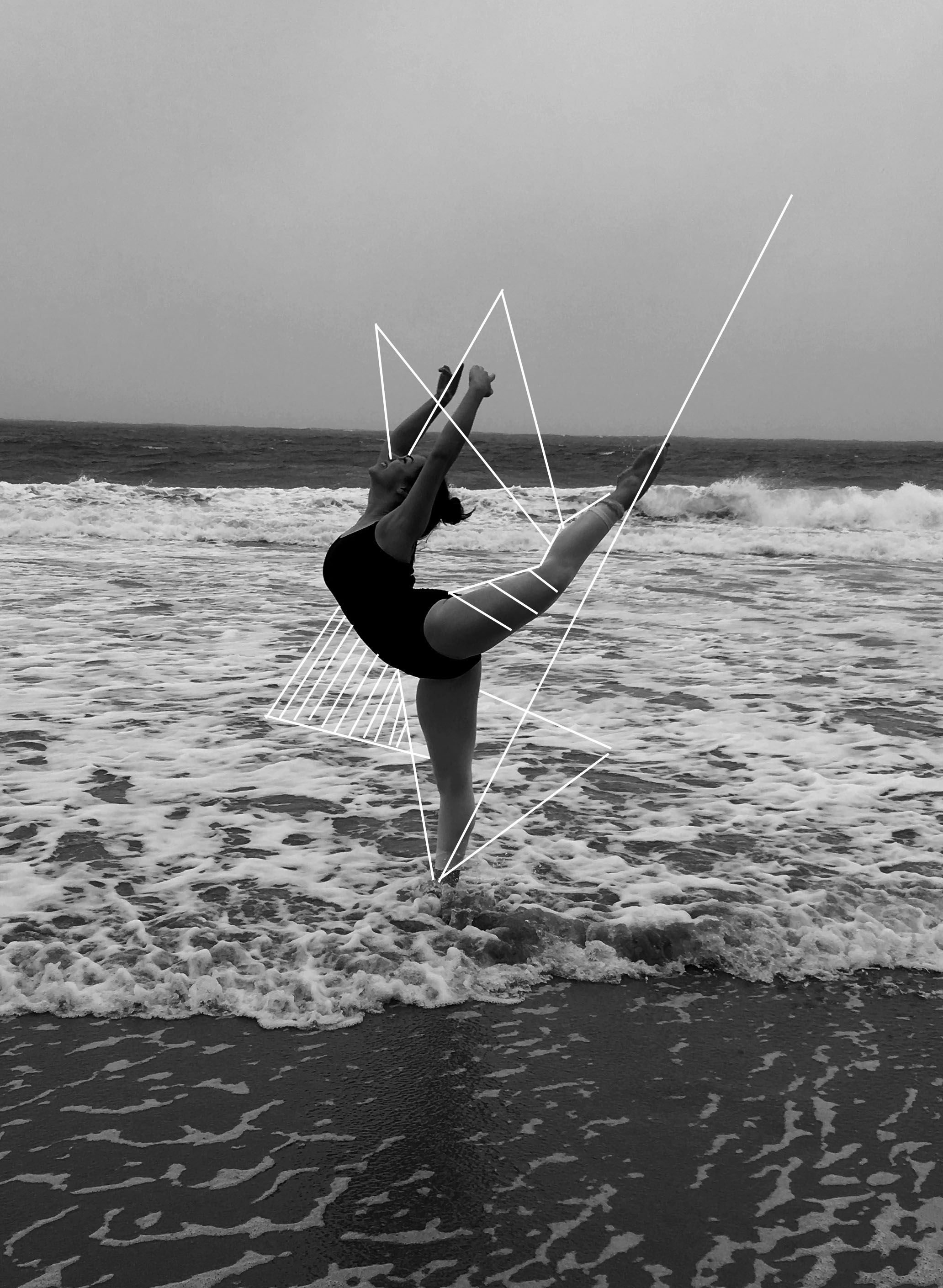




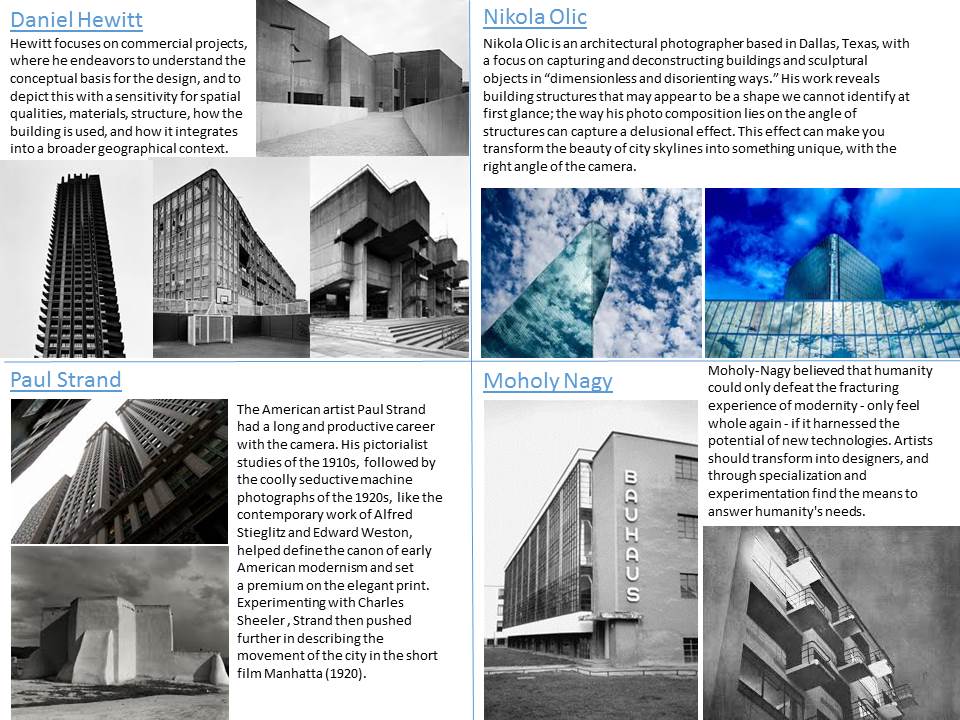

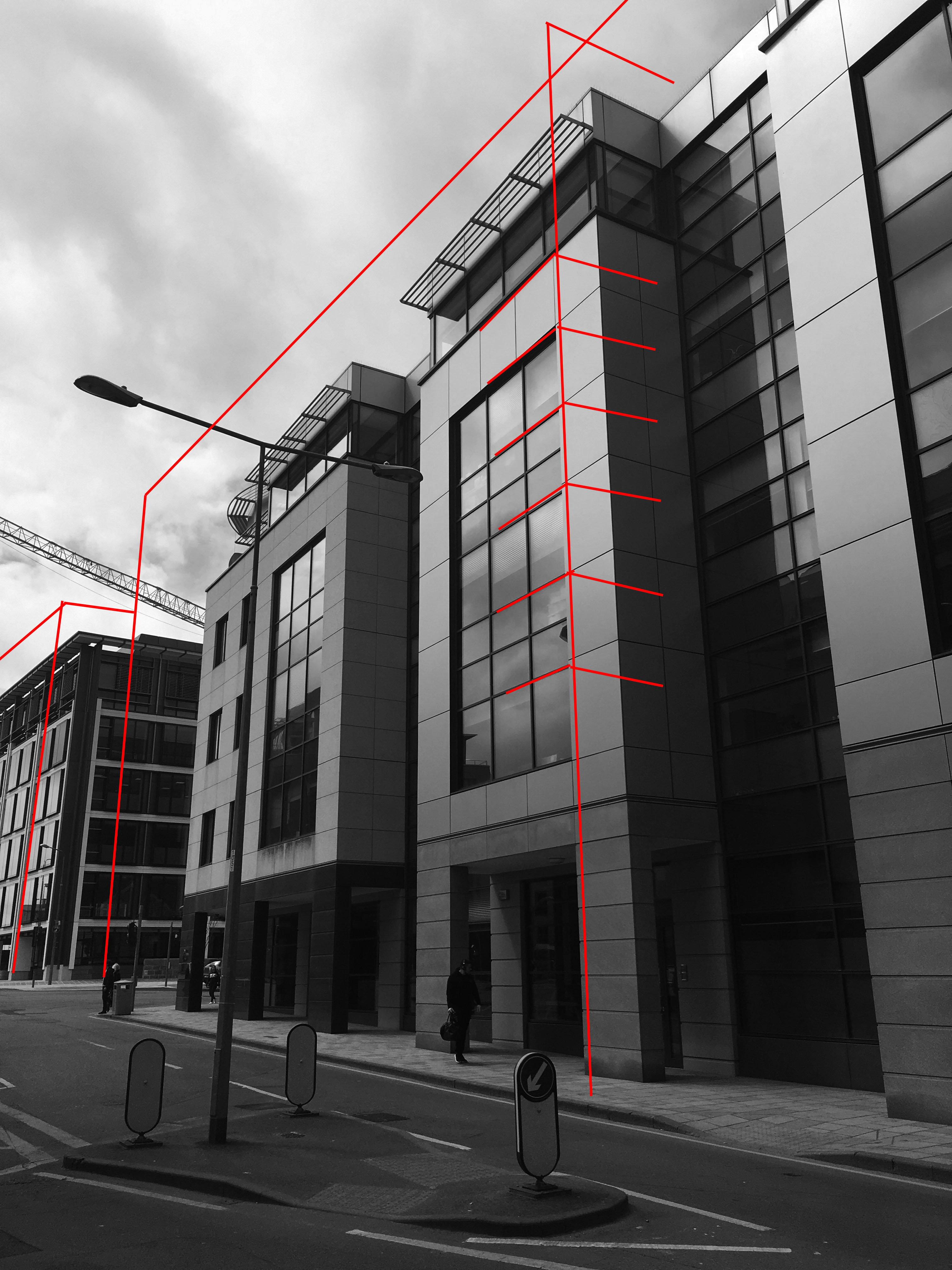




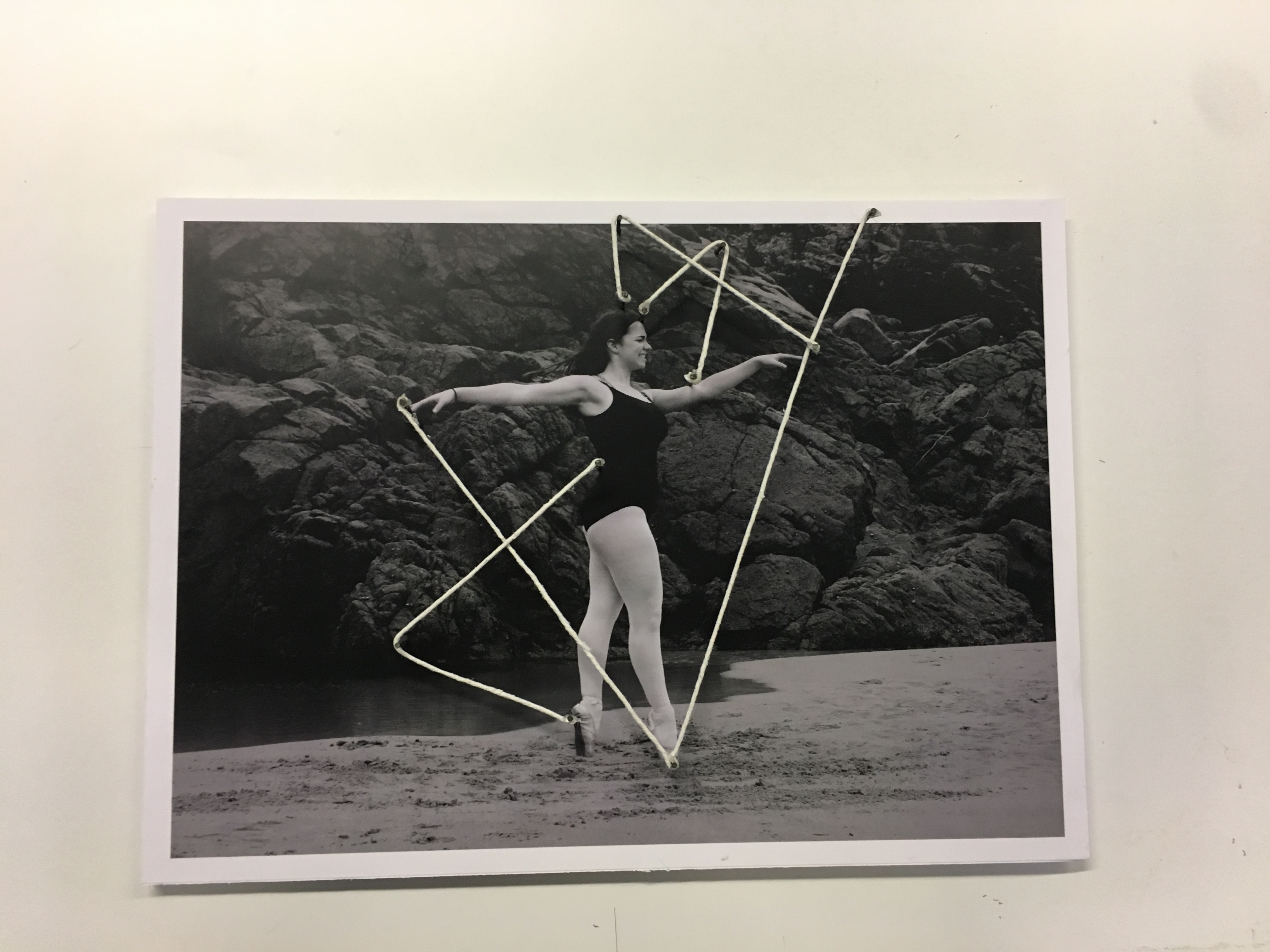



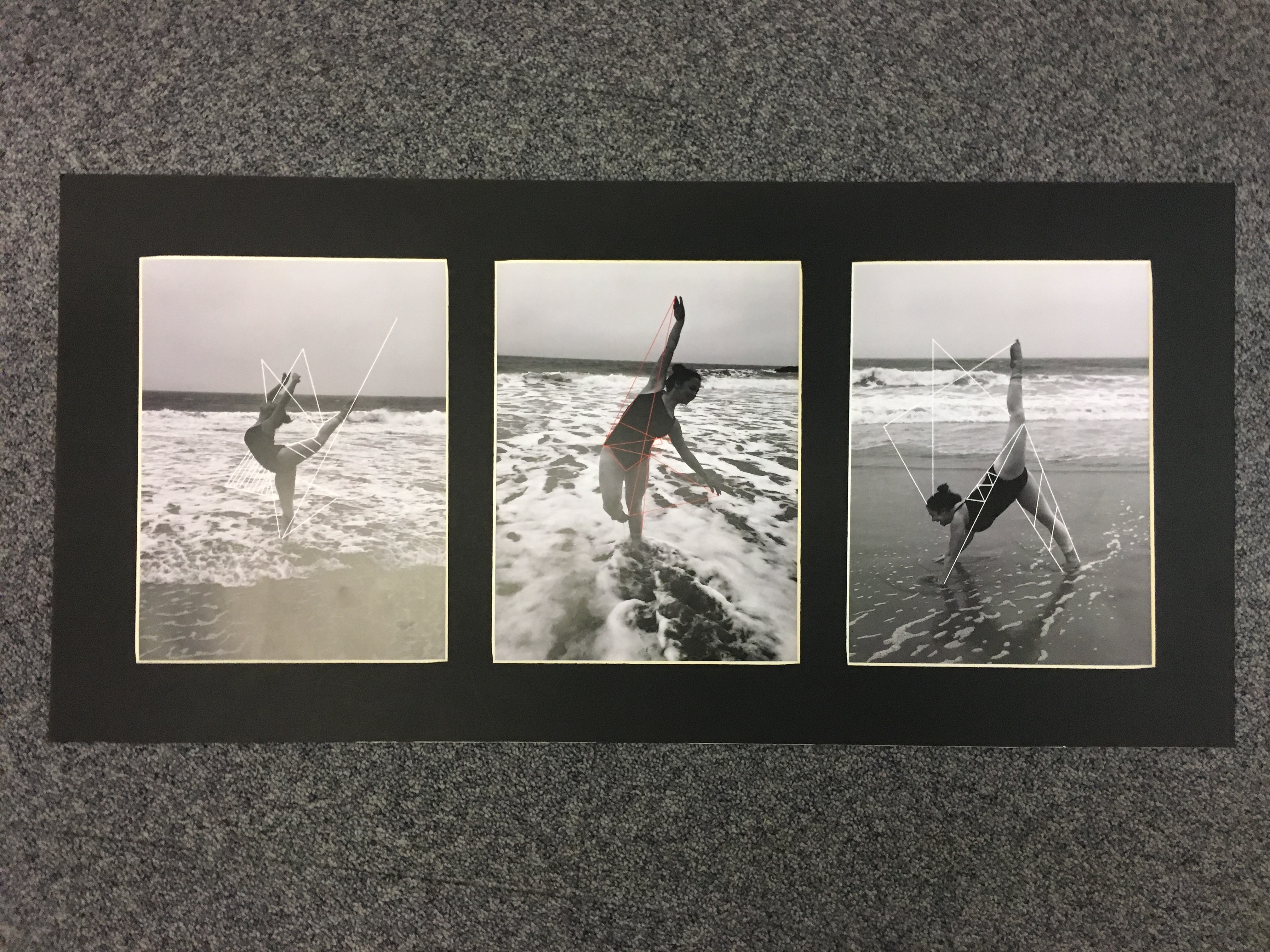
Evaluation of Project and Exam
I Have really enjoyed doing this project and being able to explore new and different photo graphical ideas to what i have done in the past. During my exam i made 3 main final pieces. The final piece which i had planned and research the most didn’t go exactly to plan. i doubled foam boarded and trimmed all of my five A3 dancing images however when i came to adding the string it didn’t go quite to plan. I think the main problem was that the string was too thick and looked to bulky against the images so made it look slightly messy when you look up close. Nonetheless i still really like the final piece that was produced because it was different to what i have ever created before and the string did keep clear links between the title of the project ‘Structure’.i decided to leave it as just the one final piece that included string because it was over complicating it to have more because they didn’t fit together. Therefore i decided to leave to images as raw because they were good natural images and i didn’t want to take away from the technique that had been used to capture the images so i got three of my favourite of the A3 images mounted them onto foam board and the grouped them together on a big black board which emphasized the pure black tones in the image as well as bringing the photographs together too look like a group of images. As can be seen above i did window frames for my other final pieces which i think keeps the presentation of the images simple and clean so that it highlights the focal points in the images. I think that my final pieces are simplistic but purposely because it was the best way to show the images and get them to stand out. I have really enjoyed doing this project and it has really helped me develop my camera skills with understanding how to further use the shutter speed, ISO and aperture settings. I also loved doing the structure title because i could look at the different forms of structure analyses and comparing them and going into sections of photography that really interested me and inspired me. My favourite part of this exam has been going down to the beach and capturing images of my friend dancing and doing dancing jumps in the sea because i found it the most challenging shoot technically because i had to get the settings right, but when i did the outcome were photos that i was really proud of. I especially enjoyed this shoot because i was surrounded by our natural beautiful environment and really enjoying taking the images. Overall i think that it has been a really successful project where i have created work that is a true representation of my photography and what i can do.

